One of the oldest museums in the Veneto region, the Bassano del Grappa museum, under director Chiara Casarin has taken a quantum leap and opened up to the contemporary. The Robert Capa Retrospective exhibition currently underway is a clear example of this. Born out of the Bassano museum’s collaboration with Magnum Photos and the Casa dei Tre Oci in Venice, the exhibition, curated by Chiara Casarin and Denis Curti, is housed in two rooms adjacent to the Pinacoteca and will be open until Feb. 19. Robert Capa (real name Endre Erno Friedmann, Budapest, 1913 - Thai Binh, 1954) great internationally known photojournalist, used to say: The images are there, just capture them. Ninety-seven of his black-and-white photographs chronicle his work and through division into eleven sections show fragments of some of the most serious conflicts of the 20th century, moments captured in the midst of action that have become immortal.
Robert Capa began his career at a very young age; when he was only nineteen years old he was sent to Copenhagen by the Berlin agency Dephot to document a conference on Trockij, and with his small Leica tucked in his pocket he takes photographs of great intensity and force. The shots are published and represent the beginning of Capa’s career. A career that despite moments of crisis led him to capture important moments in history and to found in 1947 with Henri Cartier-Bresson the Magnum Agency, a cooperative in which the work of photographers is safeguarded and respected, ethically and economically.
After living in Paris, he documented the Spanish Civil War in the 1930s, particularly the clashes in Catalonia and Aragon and the bombings in Madrid and Barcelona. If your photos are not good enough, you are not close enough: that is his motto. These are close-up shots, inside the facts, shots showing militiamen fighting and civilians seeking shelter, works of great suffering and intensity. His most famous photograph, that of a militiaman shot to death by a Francoist bullet, dates from 1936. The subject of much debate about its authenticity, recent research shows that it is probably real and shows a young textile worker, Federico Borrell Garcia. In any case, whether true or false, this image has become a symbol of the Spanish Civil War, capable of arousing both astonishment and outrage.
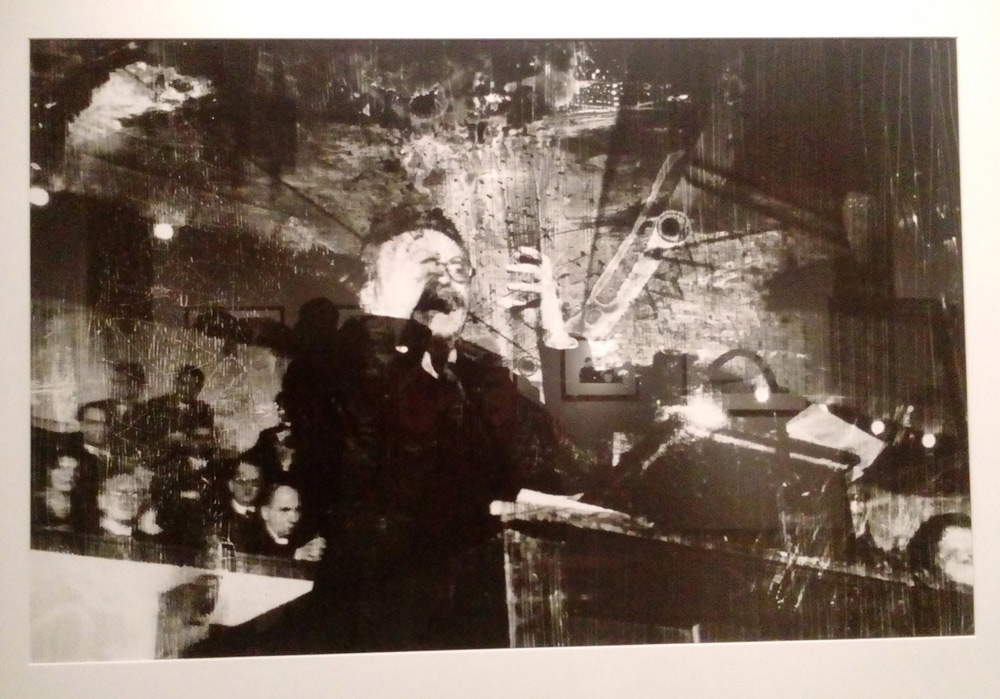 |
| Robert Capa, Lev Trockij during a conference, Copenhagen, Nov. 27, 1932 (Courtesy International Center of Photography, Magnum Photos) |
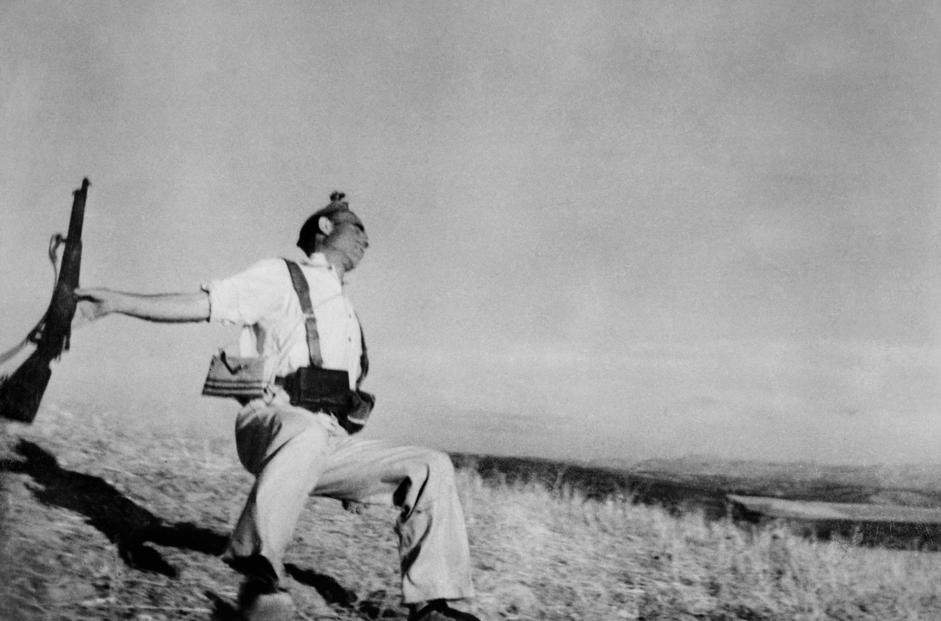 |
| Robert Capa, Death of a loyalist militiaman, Front of Cordova, early September 1936 (Courtesy International Center of Photography, Magnum Photos) |
In July 1937, Japan, an ally of Italy and Germany, invaded China. The following year Robert Capa is there to document what is happening. One of the photographs on display is particularly striking in its harshness and bitterness; a child soldier looks straight ahead, deprived of his childhood he appears serious and focused and no other emotions shine through his face. In addition to this, images of trains crammed with passengers, of people seeking shelter during bombardments, of generals and trainers. But also shots showing moments of joy and lightheartedness such as those experienced by some children playing in the snow.
The next sections deal with World War II and some of its fronts. In Italy in 1943 Robert Capa photographed the Allied conquest of Sicily. On this he said, It was the first time I followed an attack from beginning to end, but it was also an opportunity to take very good pictures. They were simple pictures. They showed how boring and unspectacular the war really was. One famous shot is one depicting a farmer pointing out to a crouching American officer the direction taken by the Germans. The next summer Capa was active in France, and on June 6, 1944, he documented the Allied landing at Omaha Beach in Normandy. About it he wrote: It was still very early and very gray for good photographs, but the water and the sky, both gray, made the little men, dodging bullets under the designs of Hitler’s anti-invasion intelligence agency, really striking. Many negatives showing the landing appear blurred; this could be an error made by a technician during development in the darkroom, but according to another point of view it is Capa himself who wanted this effect to convey the confused state in which the American military must have been. Later on August 25, 1944 Capa took part in the liberation of Paris and in the following months showed the plight of the German population, often portrayed fleeing or in front of destroyed buildings.
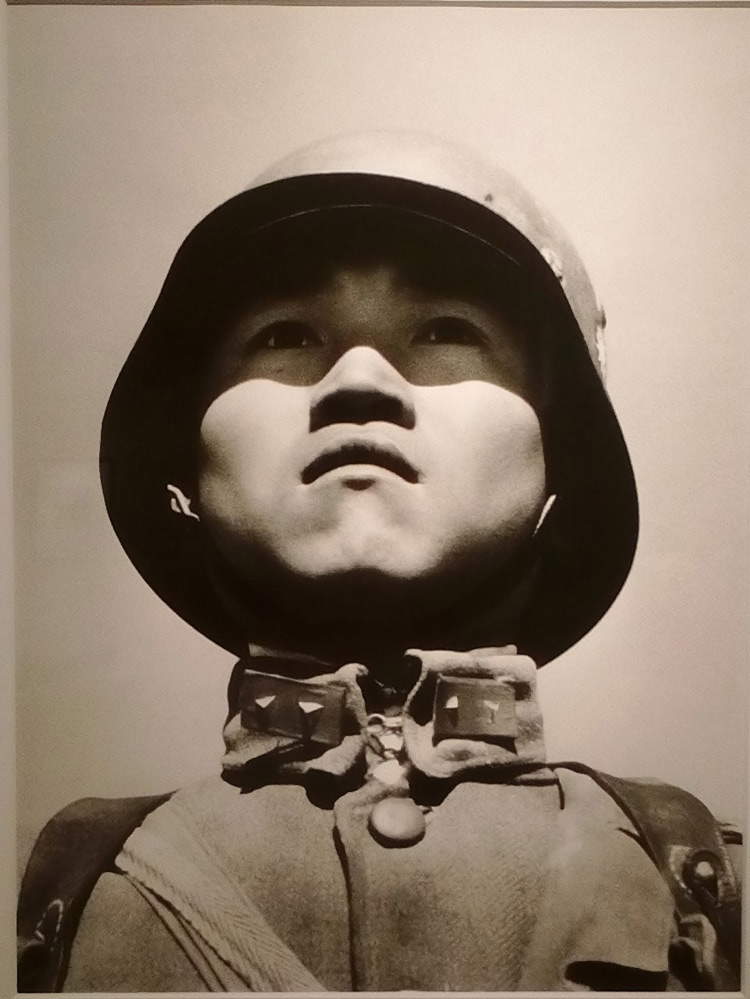 |
| Robert Capa, Child Soldier, Hankou, China, late March 1938 (Courtesy International Center of Photography, Magnum Photos) |
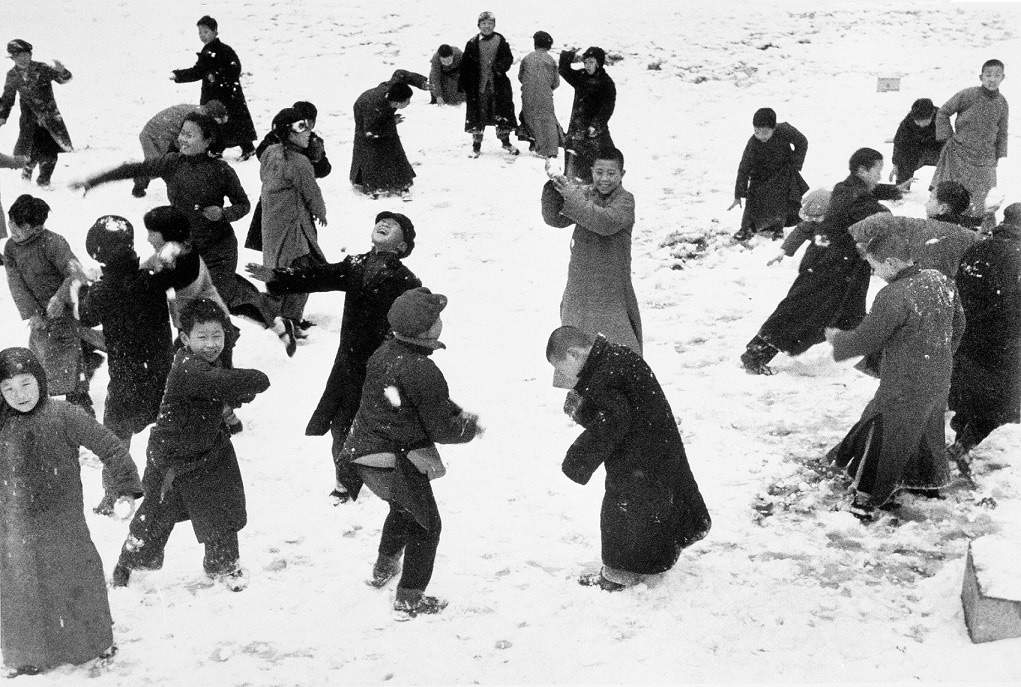 |
| Robert Capa, Children playing in the snow, Hankou, China, March 1938 (Courtesy International Center of Photography, Magnum Photos) |
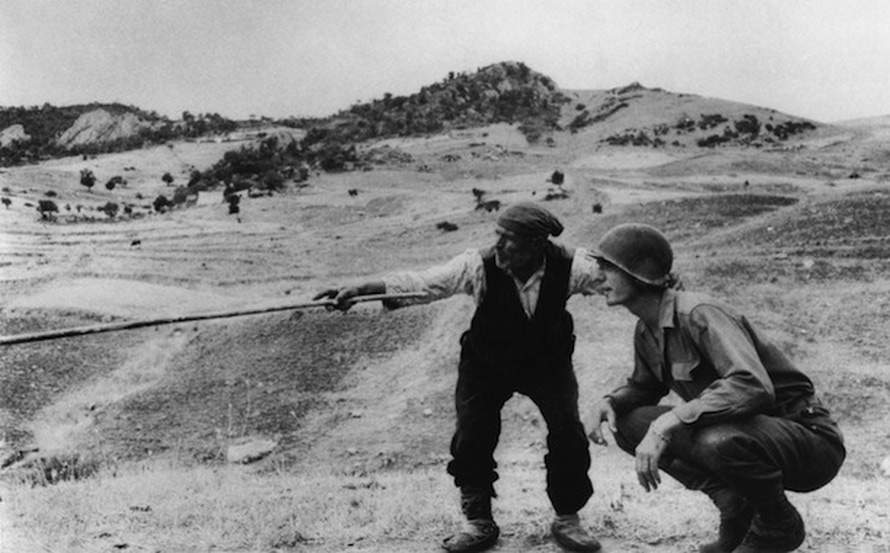 |
| Robert Capa, Sicilian peasant indicates to an American officer the direction taken by the Germans, Sicily, August 4-5, 1943 (Courtesy International Center of Photography, Magnum Photos) |
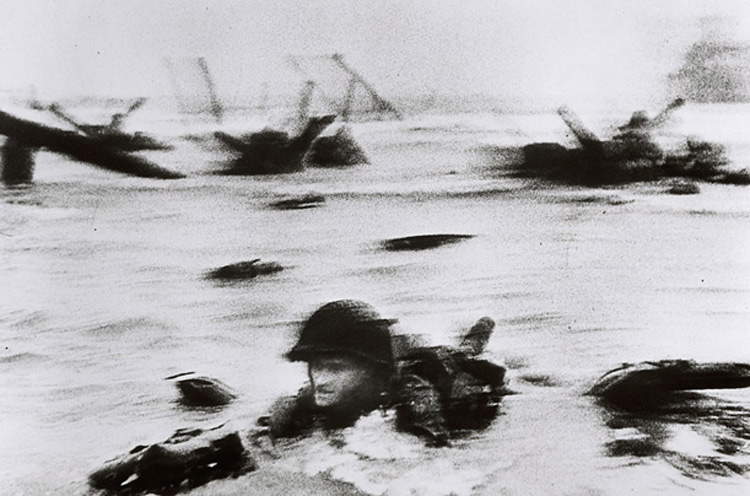 |
| Robert Capa, Landing of American troops at Omaha Beach, Normandy, June 6, 1944 (Courtesy International Center of Photography, Magnum Photos) |
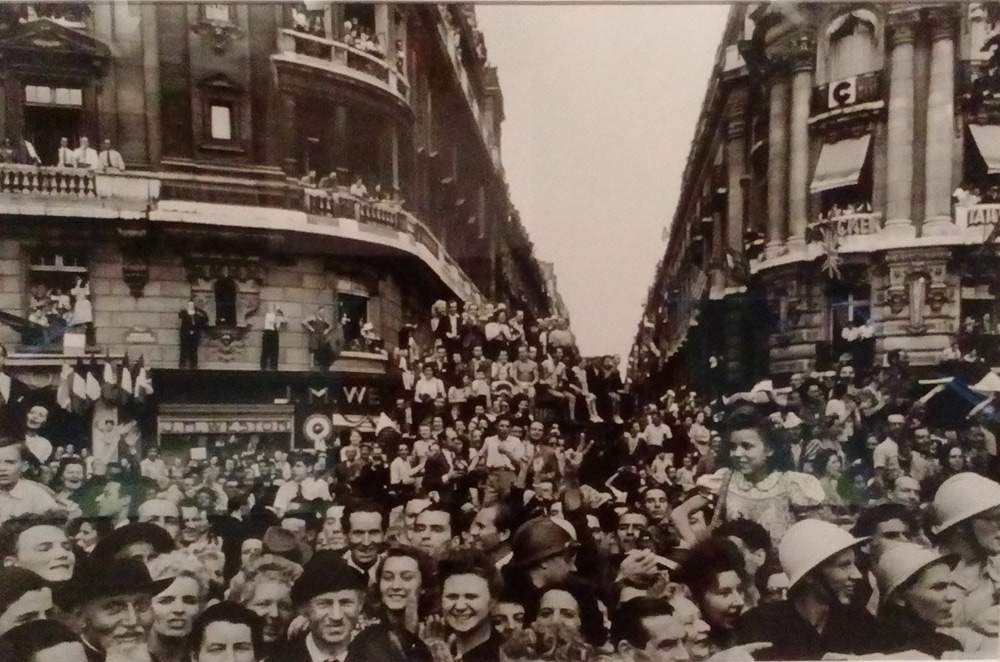 |
| Robert Capa, The crowd celebrates the liberation of the city, Paris, Aug. 25, 1944 (Courtesy International Center of Photography, Magnum Photos) |
After missions carried out in the late 1940s in the Soviet Union and Israel, his last assignment was in Vietnam where, starting in 1946, the population fought against the French colonialists. Robert Capa has to replace a Life magazine photographer for a month and takes several shots: one of them, exhibited in this review and representing soldiers from behind, is fatal to him because soon after he steps on a landmine and is killed, at only 41 years old. The last shot after a life spent documenting the greatest atrocities.
No less important are the photographs displayed in the last section of the exhibition, those devoted to portraits. Robert Capa, in fact, was a very jovial person. He knew so many people and many of them were artists, such as painters Pablo Picasso and Henri Matisse, photographers, journalists, actors like Ingrid Bergman, intellectuals like Americans Ernest Hemingway and John Steinbeck. He loved going out, meeting people, talking and having fun. And he hated war. About his work, writer and friend John Steinbeck said, He knew he could not photograph war, because it is mostly an emotion. But he managed to photograph that emotion by knowing it up close, by showing the horror of an entire people through a child. By recording individual gestures, expressions, faces he managed to enter the most atrocious situations and masterfully show their horror, suffering, cruelty, chaos, while still maintaining a sensitive and respectful eye. His emotionally charged photographs years later impress and remain in the heart. Thanks to their sharpness and intensity they touch deep inside and remain eternal.
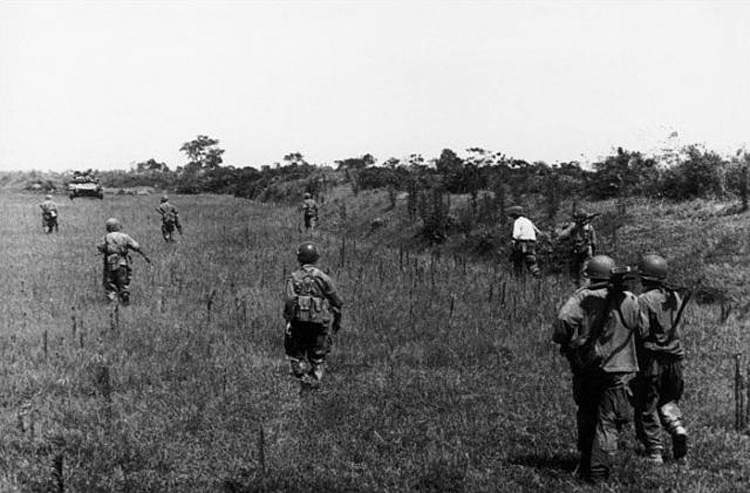 |
| Robert Capa, On the road from Nam Dinh to Thai Binh, Vietnam, May 25, 1954 (Courtesy International Center of Photography, Magnum Photos) |
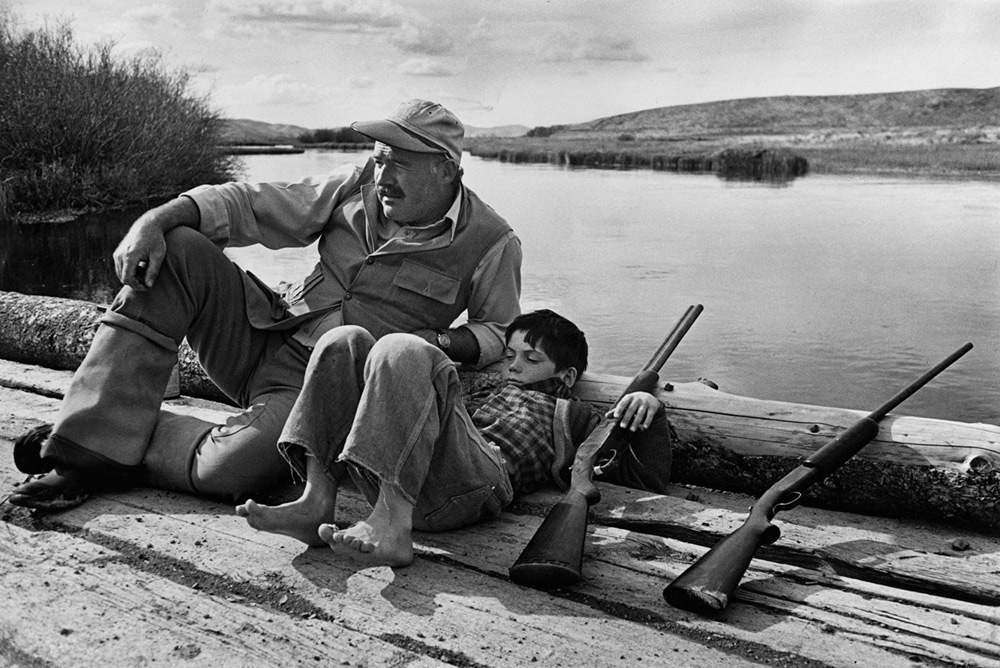 |
| Robert Capa, Ernest Hemingway and son Gregory, Sun Valley, Idaho, October 1941 (Courtesy International Center of Photography, Magnum Photos) |
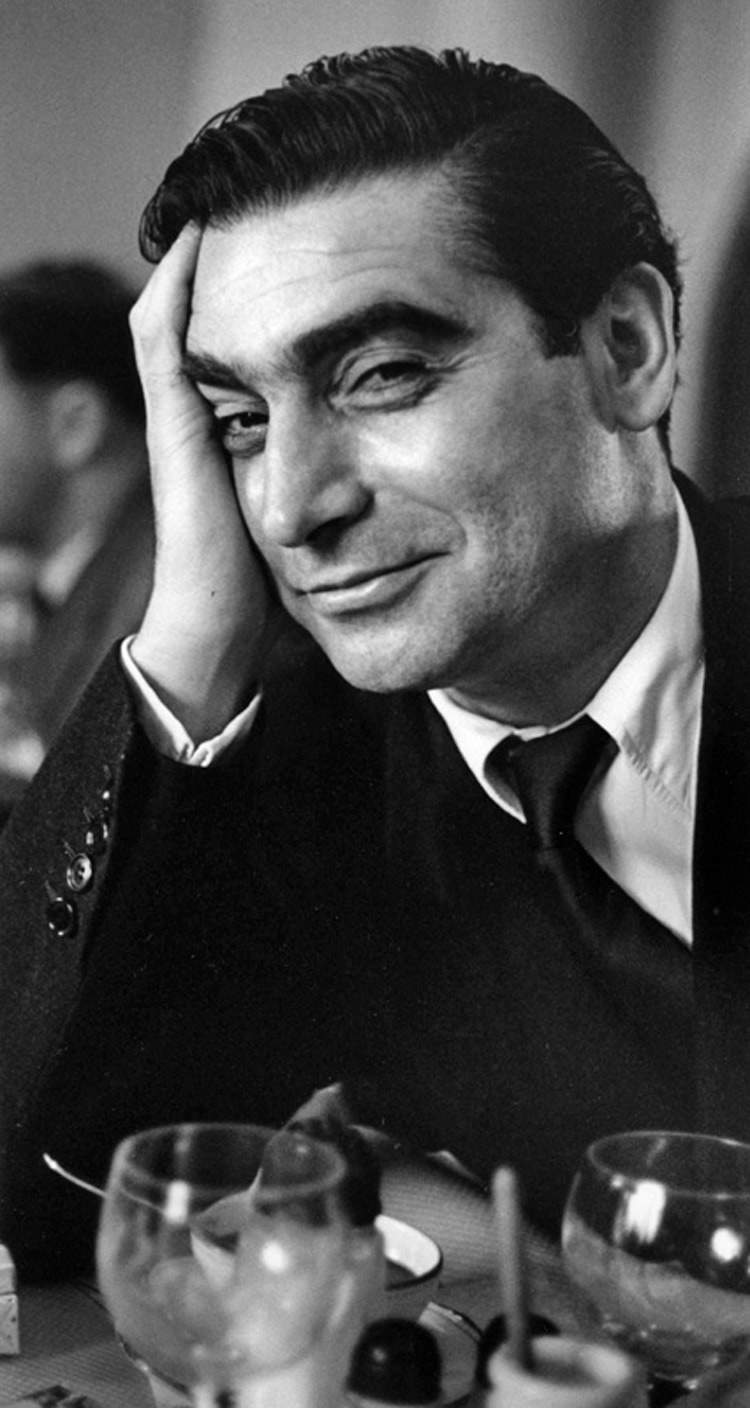 |
| Robert Capa photographed by Ruth Orkin, Paris, 1952 |
Warning: the translation into English of the original Italian article was created using automatic tools. We undertake to review all articles, but we do not guarantee the total absence of inaccuracies in the translation due to the program. You can find the original by clicking on the ITA button. If you find any mistake,please contact us.